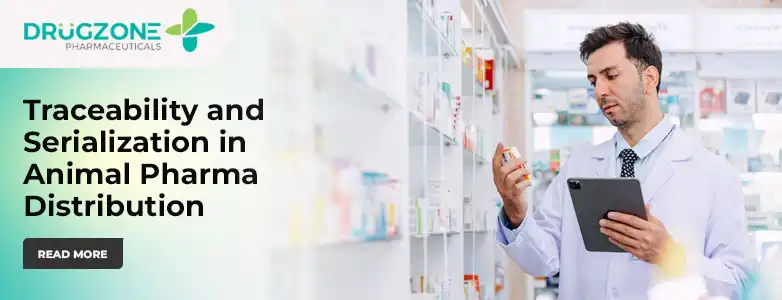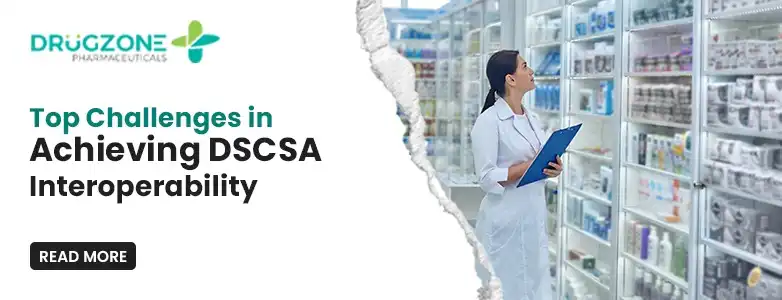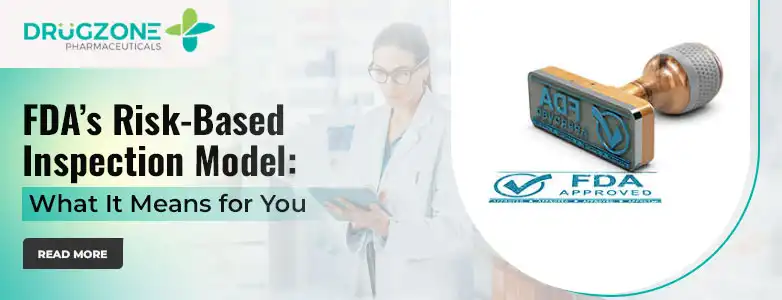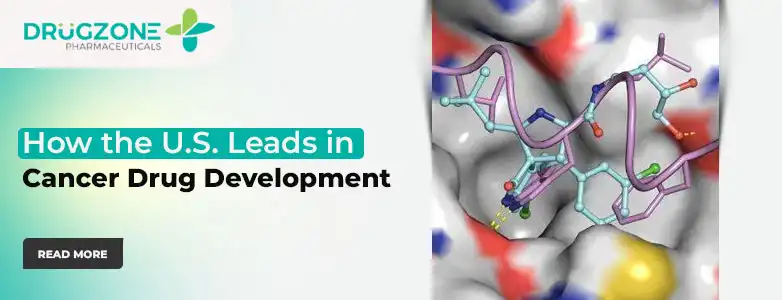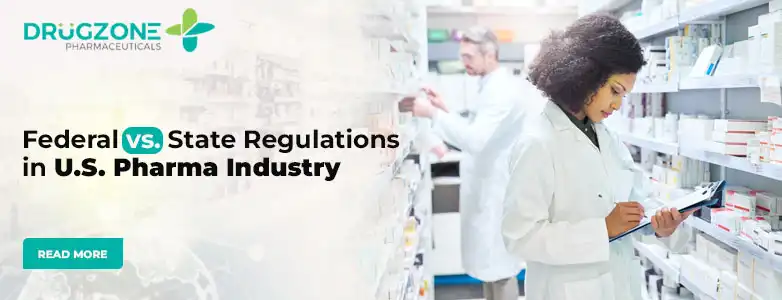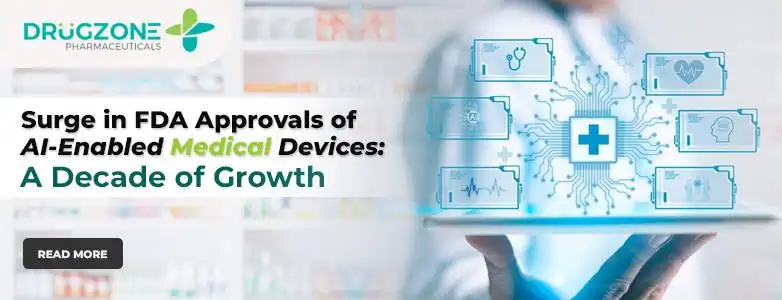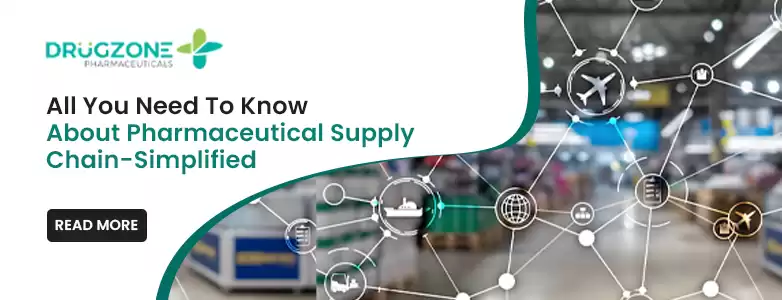
Posted On: February 19, 2024
All You Need To Know About Pharmaceutical Supply Chain
The pharmaceutical industry is the strongest pillar of Modern healthcare roofing. The pillar is built with a simple and extensive supply chain, which includes drug manufacturing, storage, and pharmacy distributors ensuring on-time medication.
So by the end of this blog post, you can expect a brief knowledge of the unsung heroes which are obviously the supply chain managers, and their teams, and how they are navigating complex global networks to manage inventory.
Understanding the Pharmaceutical Supply Chain
Before we dive into the various components of the pharmaceutical supply chain, we will make sure that you understand the scope of it.
Definition and Key Components
So, the first thing first, is about the pharmaceutical supply chain, which is interlinked between a series of processes and a continuous supply of medications. Some pointers of the whole process:
- Outsourcing Raw Materials: With sourcing the raw materials, we take a start. By ensuring active pharmaceutical ingredients (APIs), from legit suppliers.
- Packaging Process: After the API ingredients with the intense processes. The final product gets packaged and labeled.
- Distribution: Now the finished products are ready for transport. It reaches a plethora of businesses, from wholesalers to pharmacies, hospitals to clinics.
- Inventory Management: Management systems ensure storage management and on-time delivery.
- Sanitary Operations: Industry standards met through regulatory certifications and quality control measures.
- Accessibility of Supply Chain: Barcoding and ERP systems are for tracking credibility.
Operational Proficiency in the Pharmaceutical Supply Chain
Underscoring the complexity and challenges of the pharmaceutical supply chain. It always contributes to keeping up with innovative technologies and smooth operations.
Sourcing Raw Materials
The sourcing of APIs and other raw materials requires a systematic approach. It encompasses consistency, given that any variance can affect the final product.
Sourcing Strategies: Effective sourcing strategies balance cost with quality. It secures the best suppliers for your operation.
Risk Management: A thorough risk assessment can help identify potential disruptions. Such geopolitical concerns or natural disasters, and mitigate their impact on the mind.
Manufacturing and Packaging
The manufacturing phase is where the drug comes to life. Packaging is a protective measure to extends to every component of the drug's journey.
Lean Principles: The application of lean manufacturing principles streamline efficiency and reduce waste.
Intelligent Packaging: Incorporating smart packaging technologies enhances product safety measures. It also provides valuable data on the product's journey.
Distribution and Transportation
It ensures on-time delivery to remote areas in health crises. Even delivering life-critical and sensitive in those areas.
Cold Chain Management: From vaccines to insulin, refrigeration, and other controls are the must-haves.
Logistics Optimization: Achieving on-time delivery and ensuring the safety of all individuals. Otherwise, it's going to be impossible without route optimization and real-time tracking.
Warehousing and Inventory Management
Inventory optimization is a balance between demand uncertainty and product availability.
Automated Systems: Advanced automated systems cut human error. And deliver real-time data for better decision-making.
Just-in-Time (JIT) Delivery: We all know how JIT is a boon in the pharma industry. It reduces and necessitates exceptional timing and logistics, maintaining inventory costs and storage requirements.
Regulatory Compliance
Compliance is not a choice anymore. It's a commitment to ensure consumer safety and satisfaction.
FDA Compliance: FDA compliance is only the beginning. There are many country-specific requirements that global supply chains must meet.
Quality Management Systems (QMS): Implementing QMS stands by the highest quality standards.
Supply Chain Visibility and Traceability
The ability to track products through the supply ensures regulatory compliance. Also helps ease more efficient and timely responses to unexpected disruptions.
Technological Advancements: Blockchain, IoT, and AI transform the enhancing visibility and traceability.
Global Standards: Adhering to international standards, labeling and tracking is essential. All these are for a seamless, borderless supply chain experience.
The Future of Pharmaceutical Supply Chains
As we glimpse into the future, we can see the bigger picture of several trends and expectations. That is why we need to reshape the pharmaceutical supply chain.
Digitization and Interconnectivity
The industry is moving toward an integrated digital supply network. The unmatched flexibility and efficiency are on the horizon.
Personalized Medicine
The rise of personalized medicine presents unique supply chain challenges. It focuses on individual patients and their specific treatment requirements.
Sustainability and Green Movement
The industry is moving towards greener supply chain practices. Heightened awareness of environmental sustainability, the awareness, is booming in the pharma industry.
Global Health Crises
We have already the bitter taste of pandemics, shaking the framework of the supply chain. So the need for proactive planning and quick adaptations are non-negotiable these days.
Innovation and Adaptability
Rapid technological advancements in supply chains are a must. To remain innovative and flexible enough, we must say Hello! To the new approaches.
Conclusion: The Patient Benefits
The pharmaceutical supply chain has operational efficiencies. Its ultimate measure is the ripple effect of the statistics that made lives easier.
The supply chain maintains resilience, accuracy, and compassion. All this ensures patients get the medication when they require it. Just like our website- www.drugzone.com, with a top-notch pharmacy distributor facility, is a click away. I am sure you would love to visit and watch how your business thrives in the pharmaceutical industry.
FAQs
What are the key challenges facing the pharmaceutical industry in 2024?
Some primary challenges are maintaining product integrity, and navigating complex global regulatory landscapes. Moreover, addressing the growing demand for specialized medicines.
How can pharmaceutical wholesalers contribute to a better supply chain?
Wholesalers play an efficient role that contributes to the quality of healthcare delivery. It focuses on maximizing proper storage, and efficient logistics for maintaining consistent industry standards.
Follow us on Linkedin

